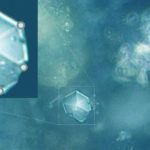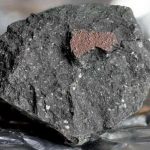Never-before-seen crystals found in perfectly preserved meteorite dust0
- From Around the Web, Space
- September 21, 2022
The dust was perfectly preserved between two layers of snow.

The dust was perfectly preserved between two layers of snow.

The Solar System is positively lousy with magnetic fields. They drape around (most of) the planets and their moons, which interact with the system-wide magnetic field swirling out from the Sun.

Hunt begins near Oslo for fragments after sightings of large space rock hurtling across night sky

Scientists have spotted water in a primitive meteorite, expanding our understanding of the ancient solar system.

If asked where meteorites come from, you might reply “from comets.” But according to our new research, which tracked hundreds of fireballs on their journey through the Australian skies, you would be wrong.

When the meteorite NWA 7533 was discovered in 2011, it was recognized to be rare and precious, a piece of Mars knocked off by an asteroid impact. Now planetary scientists have discovered it’s more than rare, it’s unique — the only object we’ve found forged deep inside Mars, providing an unprecedented opportunity to learn about the Martian interior.

A new study published this month in JGR Planets posits that the major particle ejections off the near-Earth asteroid Bennu may be the consequence of impacts by small, sand-sized particles called meteoroids onto its surface as the object nears the Sun. The study’s primary author is Southwest Research Institute scientist Dr. William Bottke, who used data from NASA’s OSIRIS-REx mission.

It’s a good time to be a Costa Rican meteorite-hunter.

Curtin University researchers have discovered two meteorites in a two week period on the Nullarbor Plain—one freshly fallen and the other from November 2019.

A study reveals the amount of debris likely to hit Earth every year and where